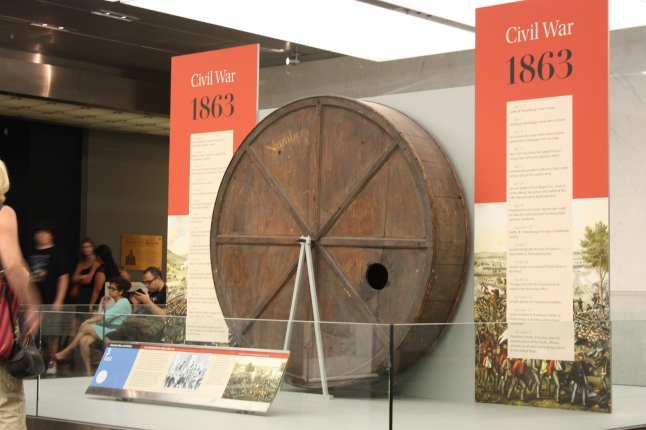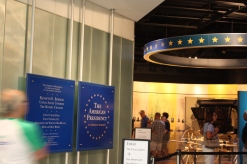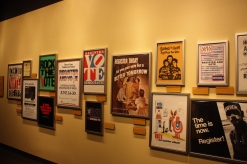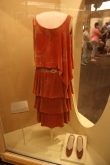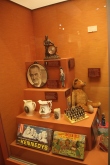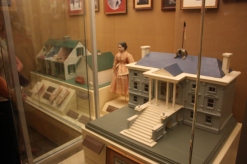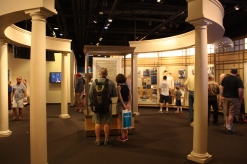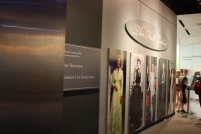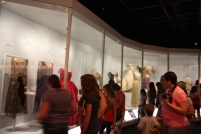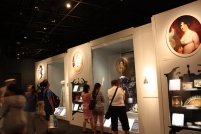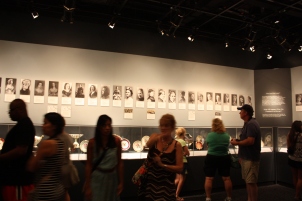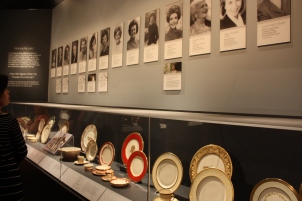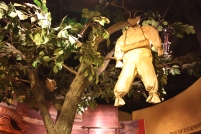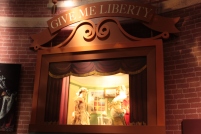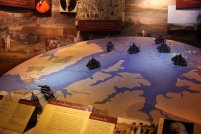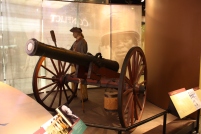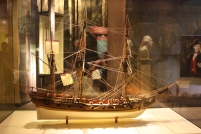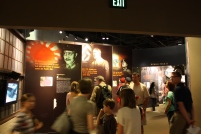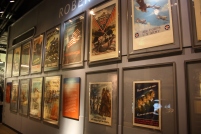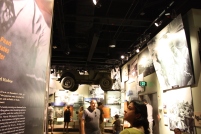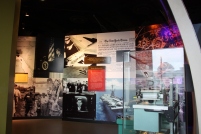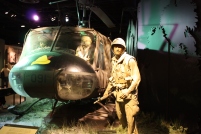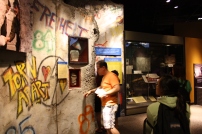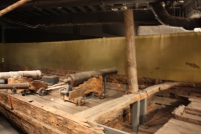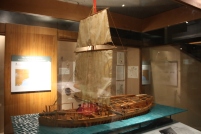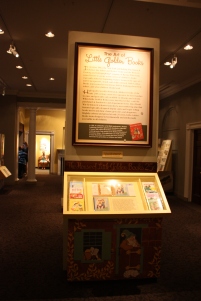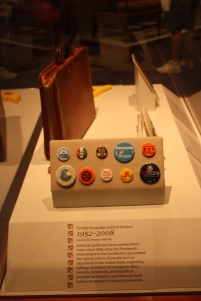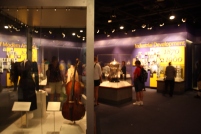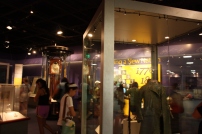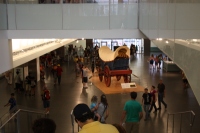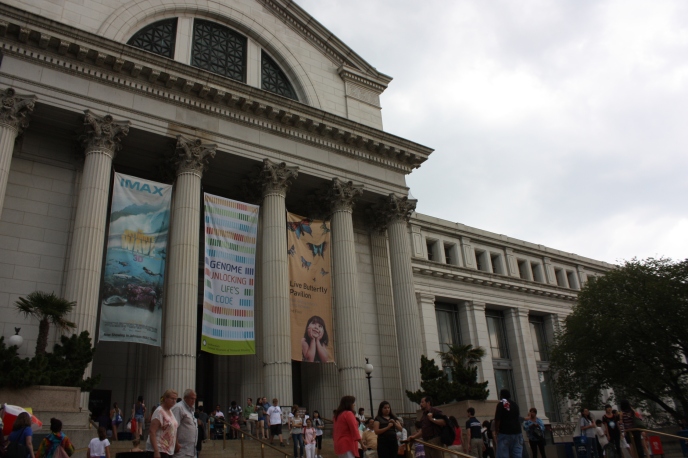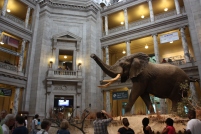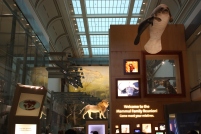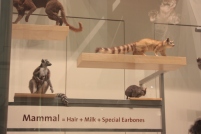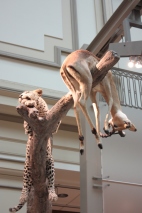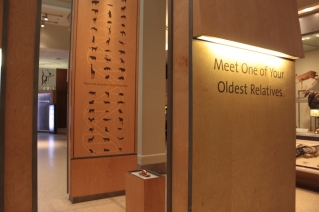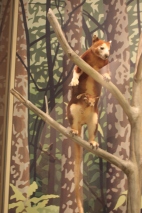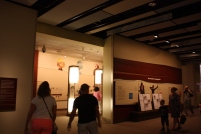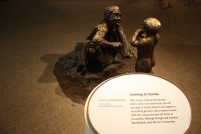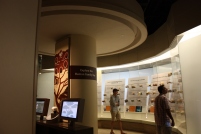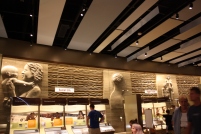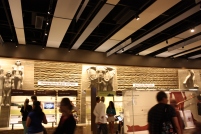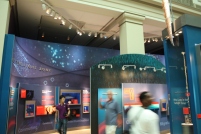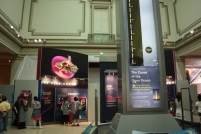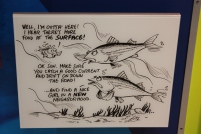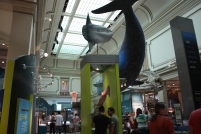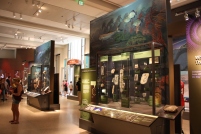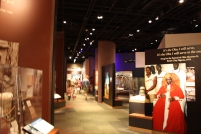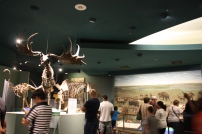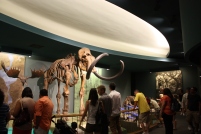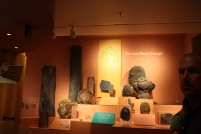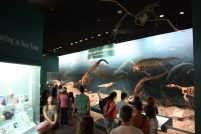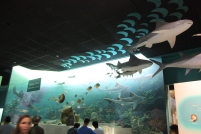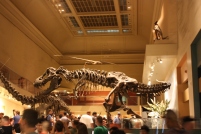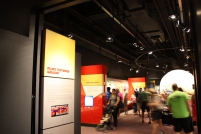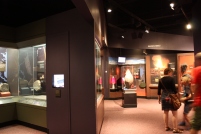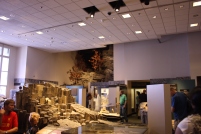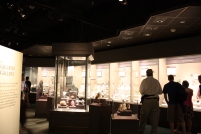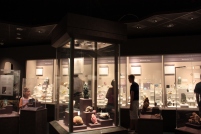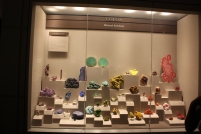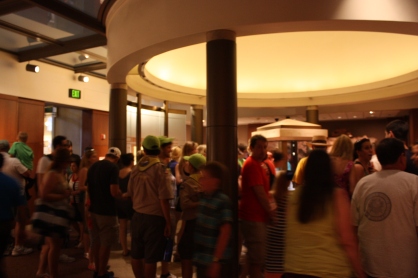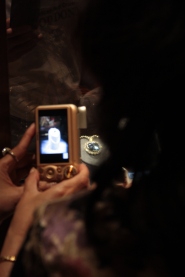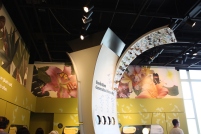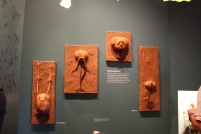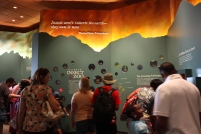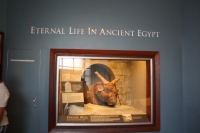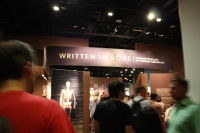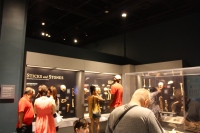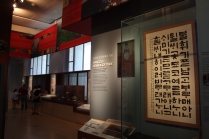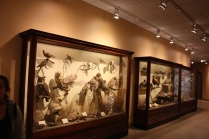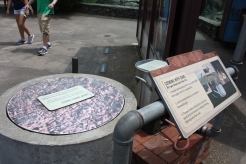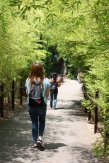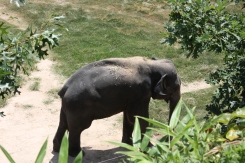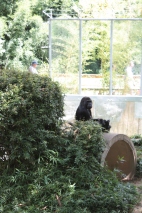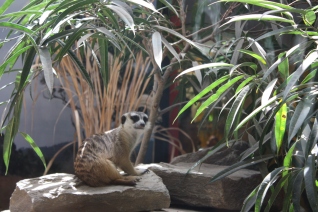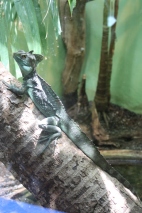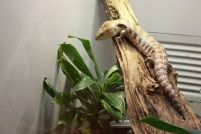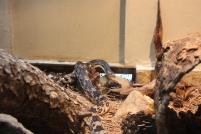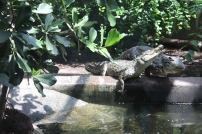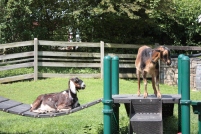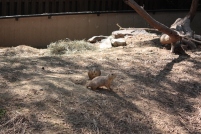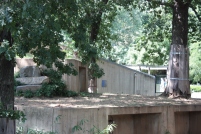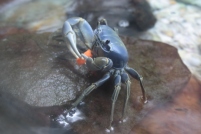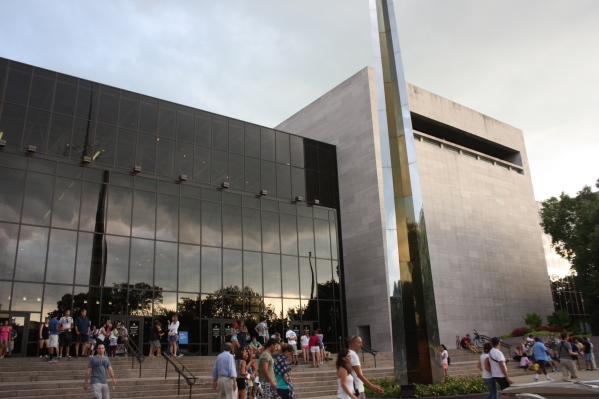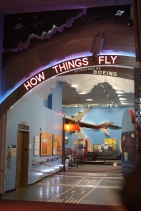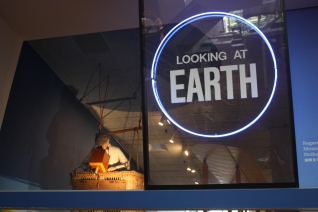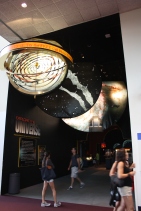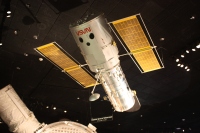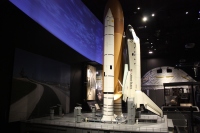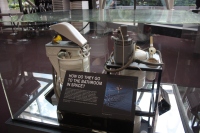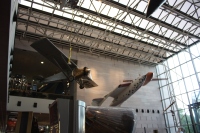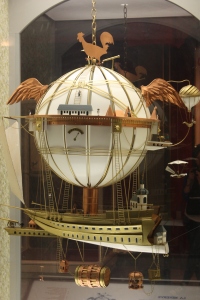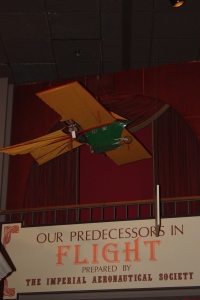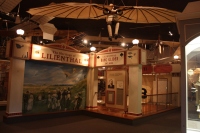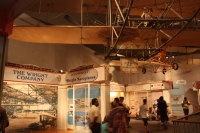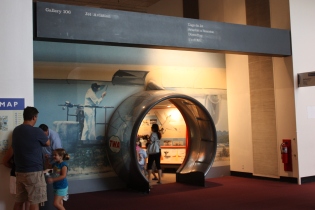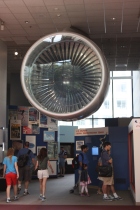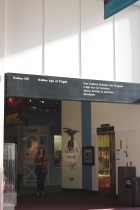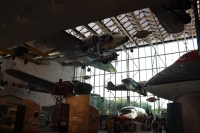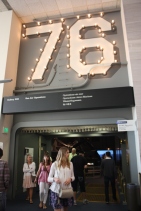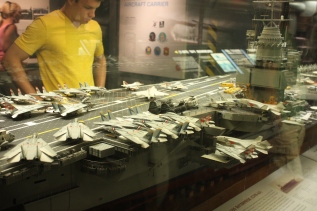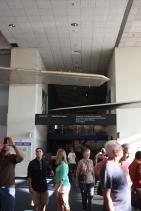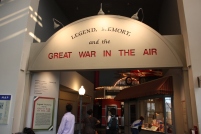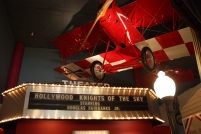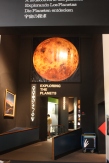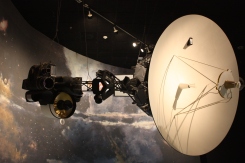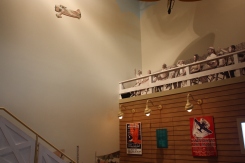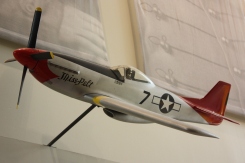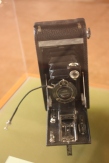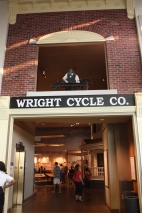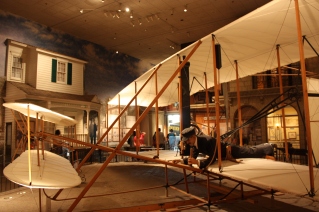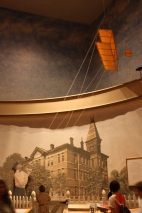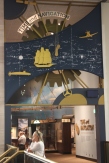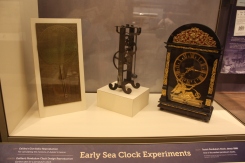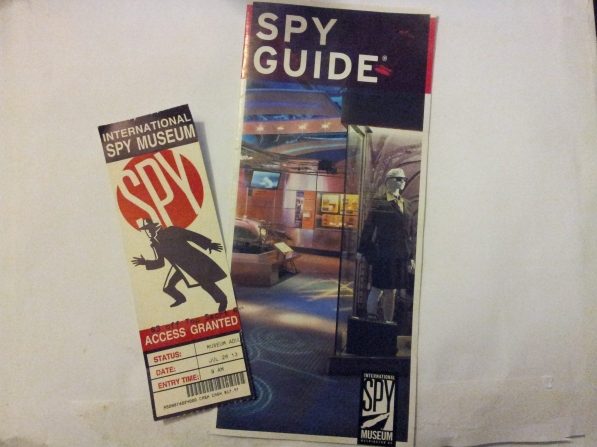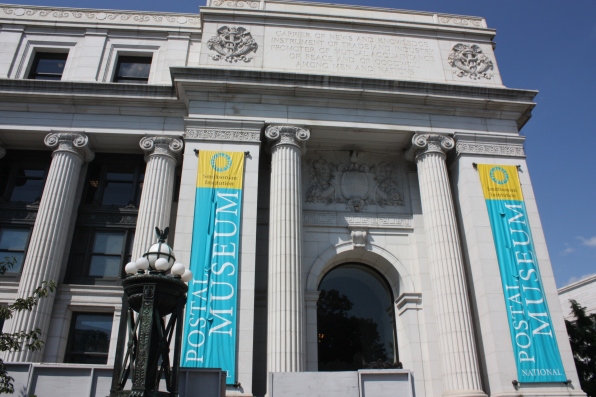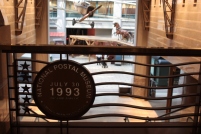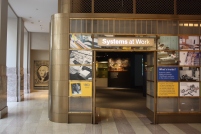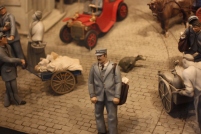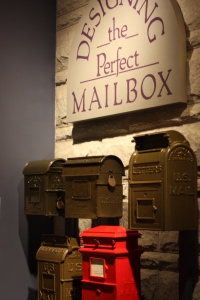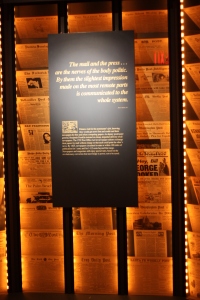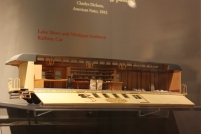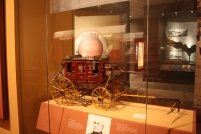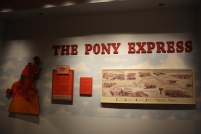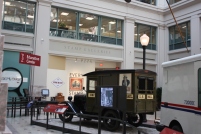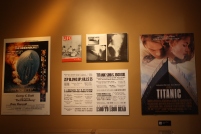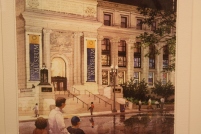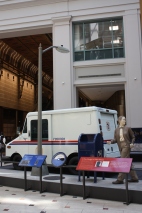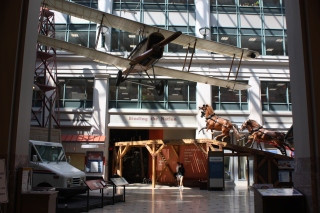With this post, I will have reached the finale of the Washington D.C. adventure (woo-hoo). It took me nearly a year to make a post for each DC museum visited (I didn’t even visit that many), but the summer memories surely brightened those cold, dreary winter days when I just sat at home and ate. Without anymore commentary, the last DC museum is…
National Museum of American History, located in Washington, D.C.
(No building picture because I was extremely tired at the time)
The National Museum of American History is part of the Smithsonian Institution, so it goes without saying that admission is free. During the summer, the hours are from 10am to 7:30pm, and regular hours are from 10am to 5:30pm. The National Museum of American History is located right next to the Smithsonian National Museum of Natural History, so it was pretty natural that me and my traveling companions hopped over after the natural history museum visit, to take advantage of the summer hours and to get the most out of our DC adventure.
We visited the museum pretty late, around 5, thus there were no more floor maps to guide us, so we just followed the wall map as best as we could. The museum layout was a bit inconvenient (I consulted the museum website and found a museum floor map). The museum has three floors in one building, which is perfectly normal except that the main entrance is on the second floor, which means visitors will eventually have to retrace their steps if they want to leave from the same entrance they came from. Nevertheless, the stairs aren’t that steep, so it’s not that troublesome (but I was super tired when I visited, so I really didn’t want to walk extra).
The museum has a series of iconic American history objects placed throughout the museum that highlight the theme of the exhibitions in that area. The first (and only) one that I manage to see and take a photograph of was the Civil War Draft Wheel, which identified the American wars and politics area of the museum.
The main appeal of the museum for me was the gowns worn by the first ladies, thus we headed to the third floor where the exhibit is located. However, without a handy dandy floor map, we weren’t so lucky to get the right exhibit the first time. The first gallery visited was entitled “The American Presidency”, which details all aspects of the lives of the American presidents. I found the personal lives of the presidents to be most interesting: to see the toys their children or grandchildren played with, the clothes they wore, the hobbies they had. It makes us realize that presidents are normal people too, people who want to enjoy life and spend time with their loved ones.
Right after the American presidency gallery, we found the First Ladies exhibit, it was right next door. The gowns were very elegant, ones that I can envision a first lady wearing. It was nice to see all the gowns side by side, to see how fashion has changed since America came to be. Aside from the gowns, the exhibit consisted of china and tableware that the First ladies used to entertain at the White House. In addition, there is a section that highlighted how various First ladies contributed to their respective husband’s presidential administration, which demonstrates that the First ladies weren’t there just to look nice and serve the foreign guests food. However, I felt that the section was overshadowed by the rest of the exhibit. The exhibit aims to encourage visitors to think about the changing roles of women, but because the gowns and the fine china are the main focus, the exhibit perpetuates the idea that a woman has to look beautiful and serve a delicious dinner. I feel more emphasize needs to put on the changing roles of women for the visitors to really consider it. Although I have my complaints, I did enjoy the exhibit.
Continuing our exploration of the third floor, we ventured into the exhibit entitled, “The Price of Freedom: Americans at War”. As indicated by the title, the exhibition chronicles Americans at war, from the American Revolution to the present day conflicts in Iraq. I quite liked the section on the American Revolution because I understand the Revolutionary war the best of all the wars that America has participated in, and it’s easiest to enjoy something that you understand. However, I found the highlight of the whole exhibit to be the one room that displayed the villains of World War II: Hitler, Mussolini, and Tojo. The room consisted of three display boards only, but it was very impressive somehow.
Finishing off on the third floor was the exhibit on the Gunboat Philadelphia, the oldest surviving American fighting vessel. The Philadelphia was a vessel that was used during the American Revolution. It sank during a battle on Lake Champlain in New York, and wasn’t recovered till 1935 with most of its equipment still intact. The gunboat was moved to the museum in 1964.
The museum had an exhibit about the Little Golden Books while my traveling buddies and I were visiting. During the early 20th century, story books for children were expensive and only available to the privileged, but with the introduction of Little Golden Books, which were inexpensive, sturdy and child-centered, story books became accessible to all children. (I kind of remember seeing the Little Golden Books when I was younger, the cardboard covers and gold foil spines.)
On the second floor, we explored the “American Stories” exhibit which contains many artifacts that told stories of America’s history. Since we were running low on time and energy, I ran to see the most famous of them, the ruby slippers from The Wizard of Oz. There are a lot of artifacts in the gallery, so it will taken hours to see each and every one in detail, therefore go early if you want to be thorough.
We didn’t explore the first floor galleries because as mentioned above, we were exhausted. All in all, we spent about an hour at the National Museum of American History, and that is definitely not enough time to see everything. I managed to see all the exhibits I wanted and bits of others, but I missed out on a lot, so this museum deserves a future revisit (and has been placed on my to revisit list). In the meantime, history buffs, and anyone interested in American history will enjoy the museum, but others will also find something to marvel at (the First Ladies’ gowns are a good place to start), so go take a look at the National Museum of American History if you have a moment to spare.
